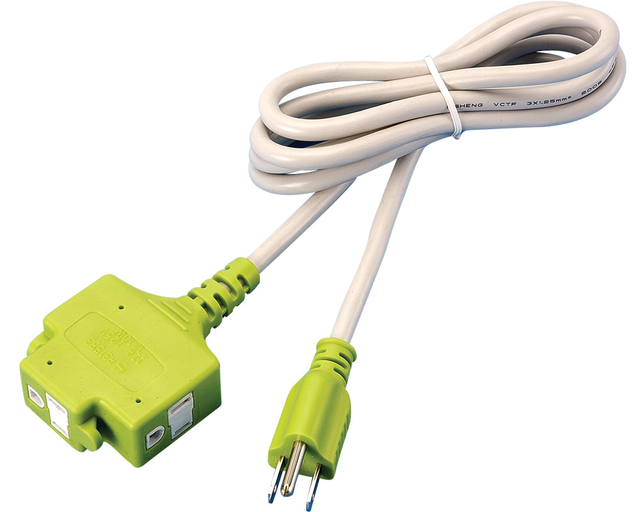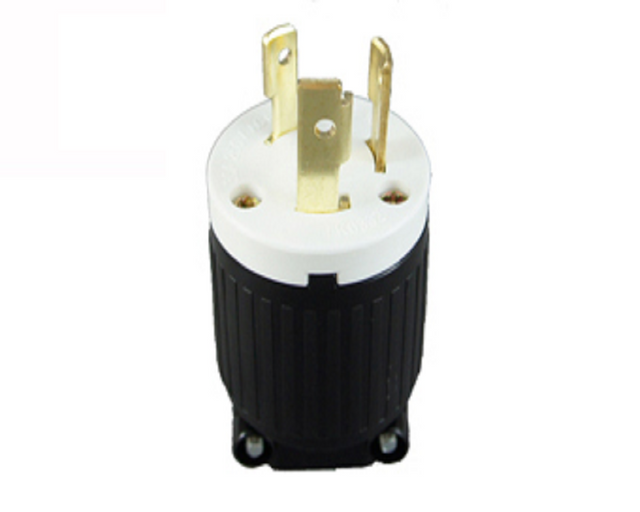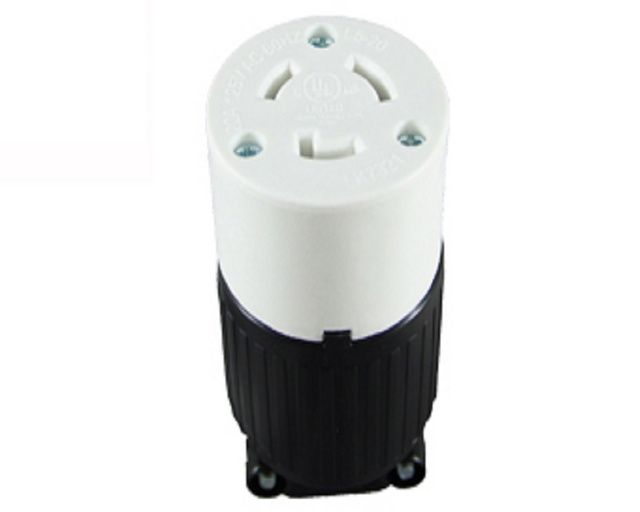- All
- Product Name
- Product Keyword
- Product Model
- Product Summary
- Product Description
- Multi Field Search
Views: 0 Author: Site Editor Publish Time: 2025-05-30 Origin: Site

When was the last time you checked your wiring harness? It may seem like a small part, but it's essential to the function of your system. A bad wiring harness can cause electrical malfunctions that disrupt the entire operation.
Over time, these harnesses wear out, especially when exposed to harsh conditions. This post will help you identify when your wiring harness is failing and explain the steps to maintain it. You'll learn about key signs of failure, red flags to watch for, and why regular maintenance is so important. Stay ahead of costly repairs and ensure your system runs smoothly.
One of the most significant indicators of a bad wiring harness is the malfunction of the electrical system it powers. When a wiring harness begins to fail, it can cause several issues that are not always immediately obvious. Here are some key signs to look for:
If your electrical system or components stop working intermittently, it could be a sign that your wiring harness is damaged. For example:
Lights flickering or turning off without reason
Electrical gadgets or sensors malfunctioning
Power loss to certain areas of the system This could be due to broken or corroded wires within the harness that disrupt the flow of electricity.
A burning smell or visible smoke is a clear warning that something is wrong with your wiring harness. Overheating caused by short circuits or faulty wires can lead to dangerous situations. If you detect a burning odor or smoke, it’s essential to address the issue immediately.
Examine the harness for visible signs of wear, such as:
Frayed or cut wires
Exposed or corroded terminals
Abrasion or chafing from vibrations or rubbing against other components Physical damage to the wiring harness can cause electrical problems or even short circuits.
Loose connections within the wiring harness can lead to inconsistent or poor electrical performance. If you notice that certain electrical components are not functioning properly or require multiple attempts to start, it could indicate that the wires or connectors inside the harness are not properly secured.
Many modern systems come equipped with diagnostic tools that can help pinpoint issues. If your vehicle or machinery displays warning lights on the dashboard or generates error codes related to electrical issues, this could be linked to a damaged wiring harness.

In addition to the key signs mentioned above, there are several more red flags that could indicate a problem with your wiring harness. These additional symptoms can help you identify issues before they lead to more severe damage.
An electrical short occurs when the positive and negative wires within the harness touch, causing a sudden surge of electricity. This can result in damage to the electrical components, fuses, or even start a fire. If you experience any electrical component malfunctioning or blowing fuses repeatedly, a short circuit caused by the wiring harness could be the culprit.
If your electrical systems function sporadically, with certain functions working intermittently or only under certain conditions, the wiring harness could be suffering from damaged or poorly connected wires. Intermittent issues are often hard to diagnose but may suggest a loose or corroded connection in the harness.
If you hear strange noises like clicking, buzzing, or popping from the electrical system, it could indicate issues with the wiring harness. These sounds often arise from power surges, shorts, or electrical interference within the system.
Moisture and corrosion are major threats to wiring harnesses. If the harness is exposed to rain, humidity, or saltwater (in marine environments), corrosion can set in. This corrosion can cause poor connectivity and even total failure of the wiring harness. Check for signs of rust or greenish deposits on wires or connectors, especially in areas exposed to moisture.
When wiring harness issues occur in vehicles or machinery, one of the most noticeable symptoms is failure to start. If turning the key or pressing the start button doesn’t result in the expected outcome, it may be due to a broken or disconnected wire in the harness, particularly in the ignition system.

Regular maintenance is critical to prolonging the life of your wiring harness and avoiding costly repairs or replacements. Proper care can help identify problems early on and prevent them from becoming severe. Here are a few maintenance tips:
Inspect the wiring harness regularly for visible signs of wear, corrosion, or physical damage. Pay close attention to areas where wires may rub against other components or where they are exposed to heat or moisture.
If the wiring harness is exposed to extreme temperatures, chemicals, or mechanical stress, consider using protective coatings or insulations to shield the wires. This is particularly important for automotive or industrial applications where the environment can cause rapid deterioration.
Dirt, dust, and grime can accumulate on the wiring harness, leading to poor connections or short circuits. Periodically clean the harness with a dry cloth or compressed air to remove any debris that could cause problems.
Using a multimeter or diagnostic tool, periodically test electrical components powered by the wiring harness. Ensure that the voltage and resistance levels are within acceptable ranges to catch potential issues before they become problematic.
If you notice any frayed or broken wires during your inspection, replace them as soon as possible to avoid system malfunctions. If the damage is extensive, it may be necessary to replace the entire wiring harness.

The quality of the wiring harness manufacturing process plays a significant role in determining the longevity and performance of the harness. Factors such as materials, design, and the manufacturing environment all influence the final product. Here’s how the manufacturing process can affect your wiring harness:
Using high-quality materials, such as durable copper wires, corrosion-resistant coatings, and robust connectors, ensures the wiring harness can withstand the stresses it will encounter during operation. Poor-quality materials, on the other hand, may result in faster wear, oxidation, and ultimately failure of the harness.
Precise design and correct sizing of the wiring harness are essential for optimal performance. Harnesses that are too tight, too loose, or improperly routed may suffer from stress and friction, leading to premature failure. Ensuring that the design matches the specific needs of the application can make a huge difference.
A thorough testing and quality control process is essential during manufacturing to identify potential defects. Wire harness manufacturers that conduct rigorous testing, such as electrical conductivity tests and thermal stress tests, ensure that only high-quality products are shipped out.
The environment in which the wiring harness is made also matters. Manufacturing facilities with proper temperature and humidity controls prevent the premature aging or degradation of materials, leading to more reliable and long-lasting products.
In some cases, a custom-designed wiring harness may be required to meet specific electrical demands or environmental conditions. Working with a reputable manufacturer ensures that the harness is built to the exact specifications needed for optimal performance.
A reliable wiring harness is crucial for the smooth operation of your electrical systems. Recognizing the signs of a bad harness early on can save you from costly repairs and unexpected downtime. Regular maintenance, careful inspection, and timely replacements are key to prolonging the life of your wiring harness.
At Sheeline, we are committed to providing high-quality, durable wiring solutions. Our advanced manufacturing processes ensure that every wiring harness is designed to meet your specific needs. Whether you're in need of a replacement or an upgrade, Sheeline is here to help you keep your systems running efficiently. Let us partner with you to ensure the reliability and longevity of your electrical systems.
Q: What causes a wiring harness to fail?
A: A wiring harness can fail due to wear, exposure to heat or moisture, electrical overloads, or poor manufacturing.
Q: How often should I inspect my wiring harness?
A: Inspect your wiring harness at least once every six months, especially if it’s exposed to harsh conditions.
Q: Can a bad wiring harness cause a vehicle to stop working?
A: Yes, a faulty harness can cause a complete electrical failure, leading to ignition or sensor issues.
Q: How do I repair a broken wiring harness?
A: Repairing involves replacing damaged wires or connectors. For severe damage, replacing the entire harness is necessary.
Q: Can I install a new wiring harness myself?
A: Installing a new wiring harness is complex. If unsure, it’s best to consult a professional to avoid mistakes.
